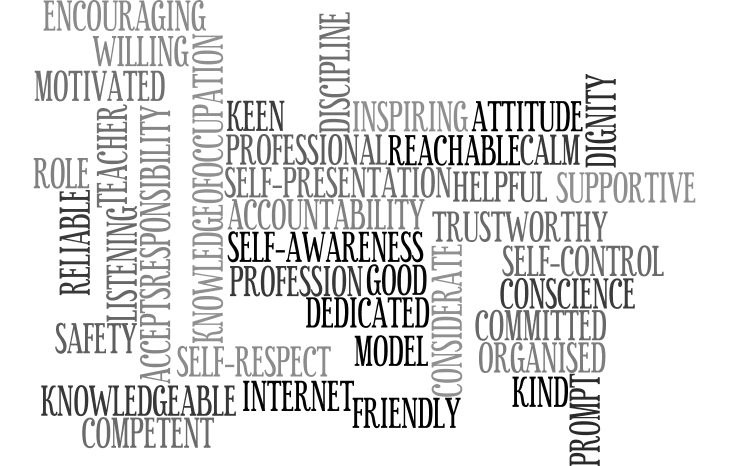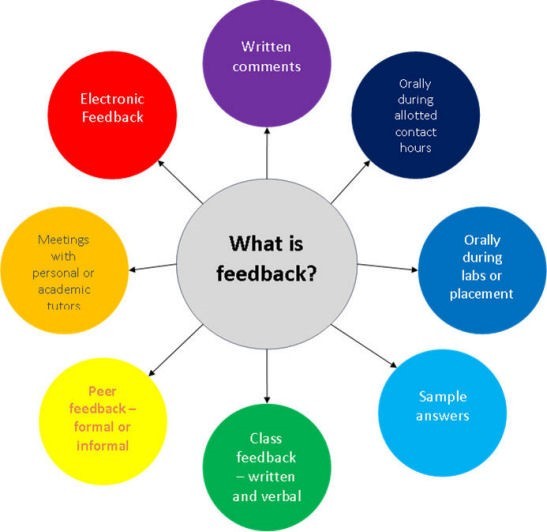When one is scientifically literate, they will realise and understand the scientific ideas and methods required to take part in everyday life. Throughout our lifetimes we regularly hear stories about many different issues around the world, such as global warming and new medicines and drugs that have been invented to apparently improve the quality of life. As a scientifically literate person, one must be able to answer things that they question by investigating the answer. These questions come from our inquisitiveness in everyday life.
Scientific literacy suggests that a person can recognise scientific concerns underlying local and national choices and express positions that are scientifically and technologically informed. One who is scientifically literate can display positions that are scientifically and technologically well-versed. They are also able to look at scientific statements and evaluate them by studying their source and procedures, and use this in such a way that they can then put forward arguments to reach a conclusion.
Being science literate means not believing the first thing you hear before you have surrounding evidence to the fact. In 2002, BBC news reported that German scientists had found out that blonde hair would become extinct within the next 200 years as it is a recessive trait. It stated that for “a child to have blonde hair, it must have the gene on both sides of the family in the grandparent’s generation” (BBC News, 2002)
The New York Times, found out later that year that no actual study had been done. Despite this revelation, the study continued to be cited in publications right up until 2006.
This sparked a panic and instantly everyone knew about this, though it was only one study, which turns out to not have even happened. Therefore, you should not trust any fact unless you find more than one reliable study to support the evidence presented in the fact.
I believe that it is important to teach children how scientific experiments can sometimes be “fixed” to derive a preferred outcome. This, is often to fool people into believing something that isn’t true. For example, on the 1st April 1957 the BBC aired a ‘Panorama’ programme which hoaxed thousands of viewers to believing that spaghetti was grown on trees in Switzerland which, anyone who is scientifically illiterate would testify isn’t scientifically possible. For children to develop the knowledge and understanding of scientific concepts so that they are able to challenge facts they believe aren’t correct then we, as teachers, must teach fair testing throughout the scientific curriculum. I believe that it’s important to enforce to children that they cannot just take the conclusion from their first experiment which they only carry out once. For reliable results they must repeat the experiment several times to ensure that their conclusions are correct. Thus, building their scientific literacy.
BBC NEWS (2002) Blondes ‘to die out in 200 years’ Available at: http://news.bbc.co.uk/1/hi/health/2284783.stm (accessed 26/01/16)
BBC NEWS (1957) BBC Fools the Nation Available at: http://news.bbc.co.uk/onthisday/hi/dates/stories/april/1/newsid_2819000/2819261.stm (Accessed: 8/02/16)











